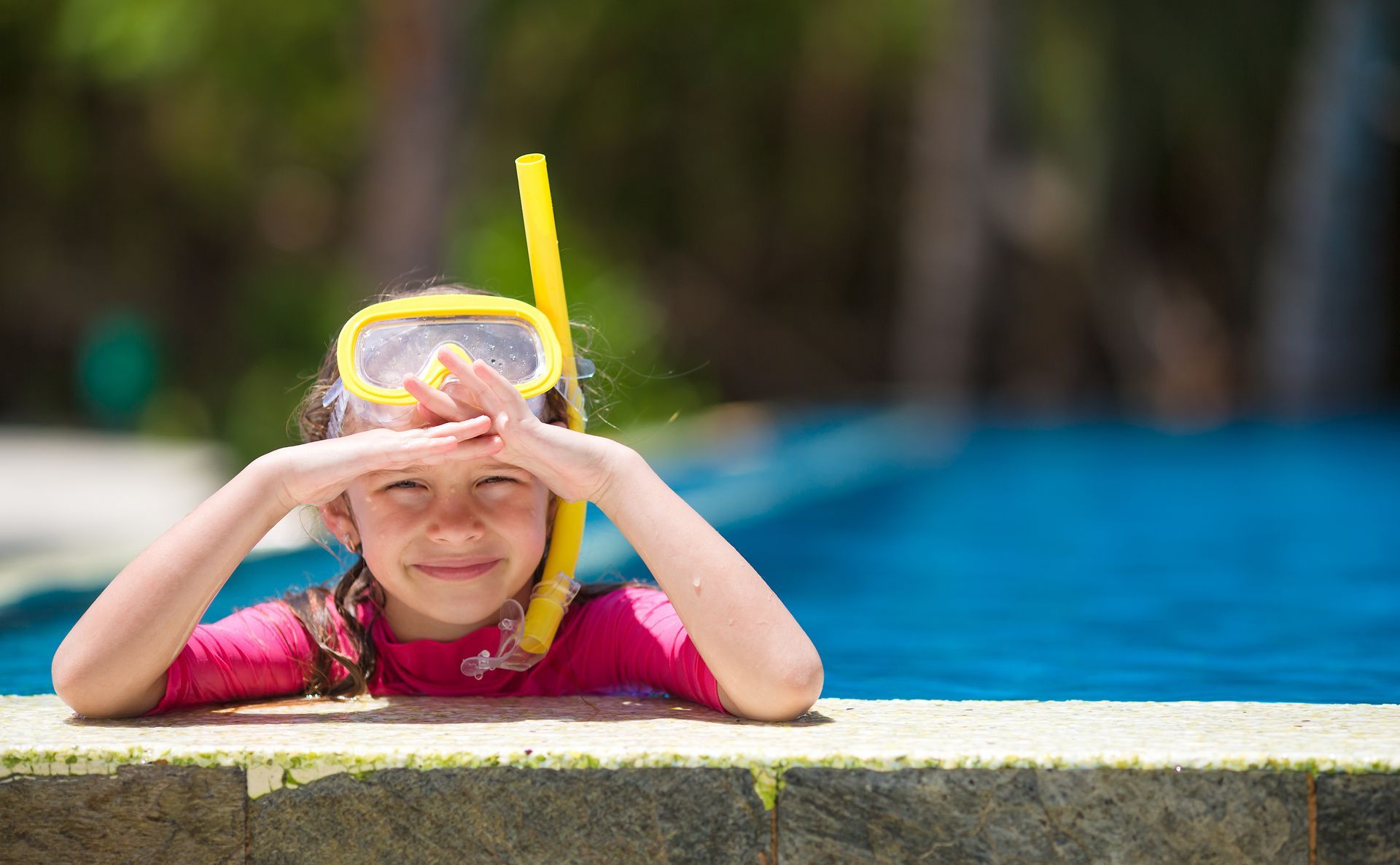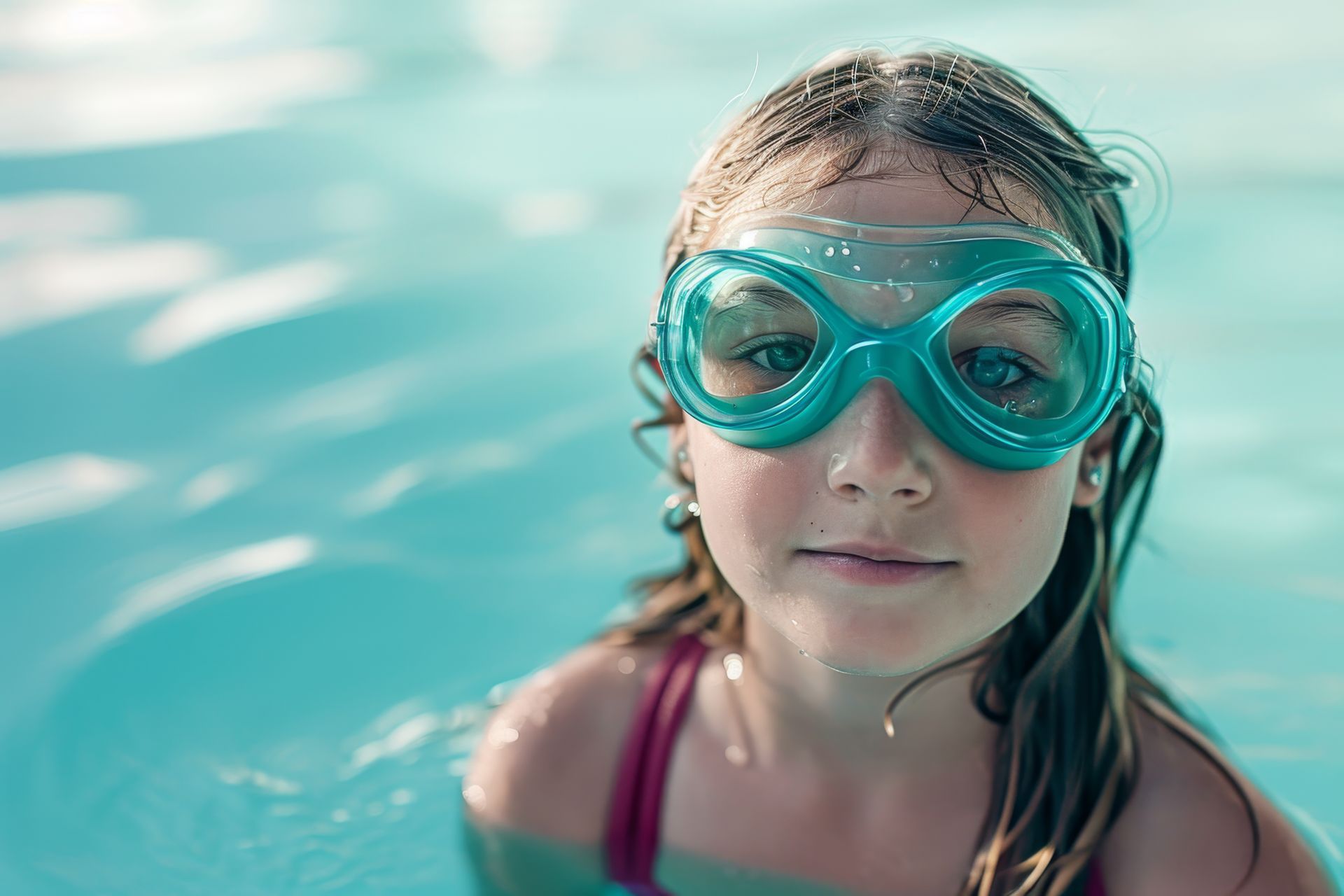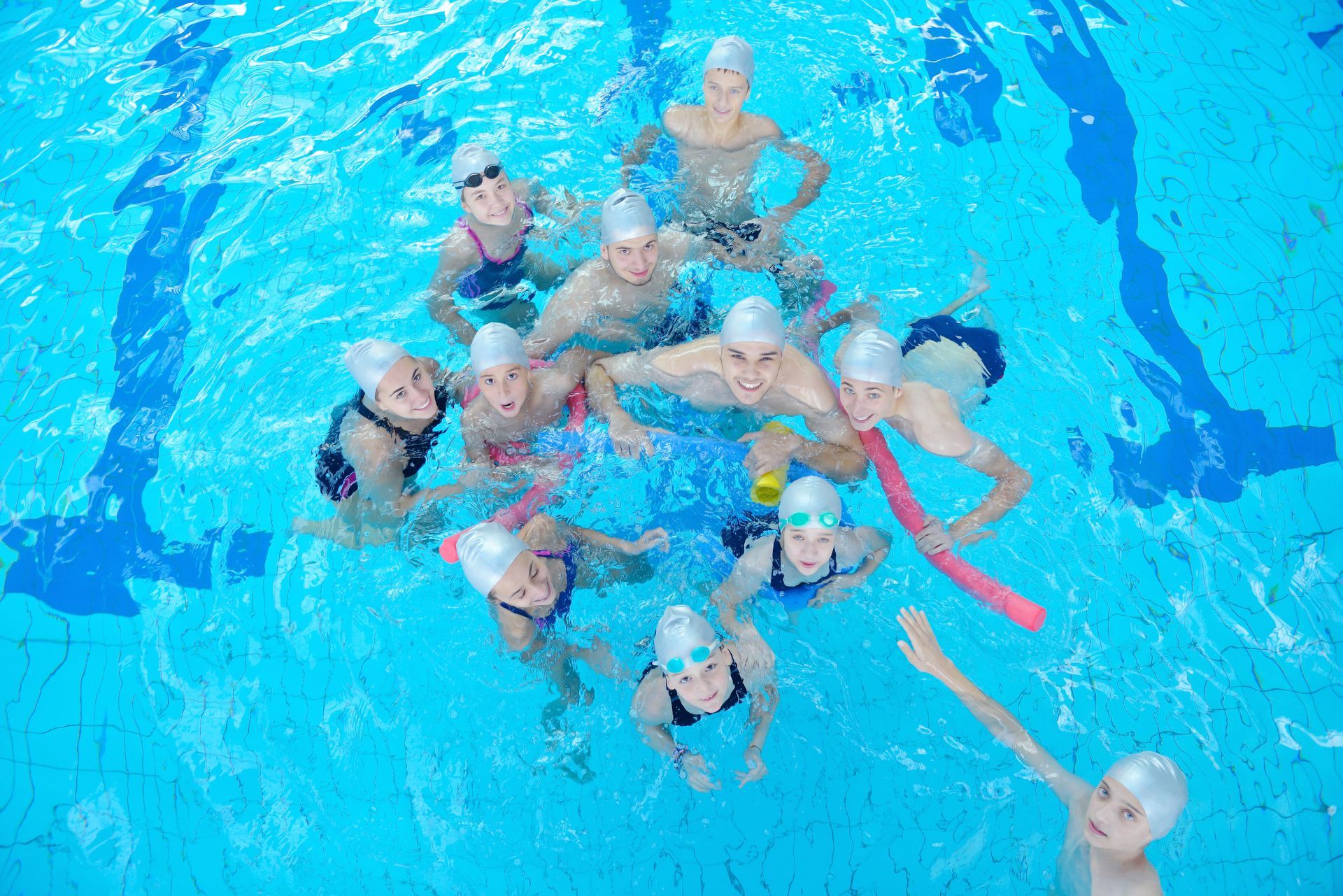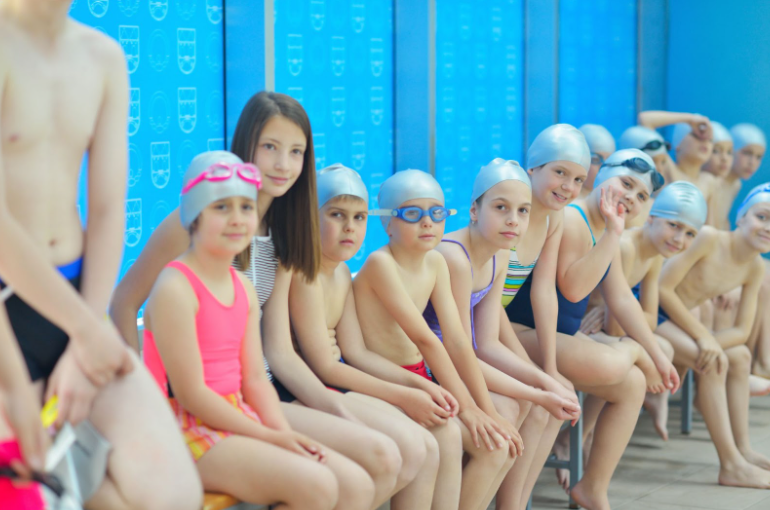Fun Facts About the History of Swimming

Do you know how to swim? If so, welcome to the elite group of just 56 percent of Americans who can perform the five core swimming skills needed to qualify you as a capable swimmer by the American Red Cross. Often referred to as one of the most difficult sports to master, swimming is a sport that can be traced back thousands of years. This article will explore the history of swimming as a sport—from its days as a men-only sport to one of the most popular activities in the nation.
The primitive days of swimming
The history of swimming begins in 36 B.C. when the Japanese held what would today be considered the first type of swimming races. However, it wasn’t until the early 1800s that swimming was turned into a competitive sport when swimmers would face the monumental challenge of successfully navigating the English Channel. During the early days when swimmers gauged their ability on simply making it across the English Channel, one’s speed, technique, and style didn’t particularly matter.
The origin of swimming all changed when a group of American Indians was invited to attend a swimming competition in London in 1844. Unlike the steady breaststroke that was the norm in competitions early days, the North American Indian swimmers propelled themselves through the water using windmill-like arm movements—a technique that was soon deemed far superior to that of the breaststroke. After the Australian swimmer Richard Cavill mimicked this over-arm recovery in the early 1900s, the stroke was soon dubbed the “Australian crawl.” In 1912, swimmer Johnny Weissmuller broke the one-minute barrier for the 100-meter freestyle using the “Australian crawl.” It wasn’t soon after Weissmuller’s accomplishments that this form of swimming was officially named freestyle.
Women join the sport
The same year Weissmuller introduced freestyle to the swimming world, women also made their debut in Olympic swimming competitions. Though they weren’t initially allowed to compete in all Olympic swimming events, women were first welcomed formally into the sport by being able to compete in the 100-meter individual freestyle race and the 4×100 Freestyle relay race during the 1912 Olympics.
Just 14 years after the inclusion of women in the Olympics, 19-year-old Gertrude Ederle conquered the English Channel, deeming her the first ever woman to complete the arduous stretch of water. Along with outswimming the contemporary men’s record by more than two hours, Ederle also made history as the first woman in a major sport to beat a record previously set by a man.
Introduction of other strokes
As many sports do, swimming quickly progressed in both its efficiency and its technique. While breaststroke and freestyle were dominating the scene, both swimmers and coaches began experimenting with the various ways in which swimmers could swim the length of the pool at the quickest times possible. Unlike the freestyle stroke which involved an arm-over-arm movement, Americans David Armbruster and Jack Sieg developed the double-over-arm recovery in the 1930s. When paired with a dolphin kick, this tactical stroke proved to be a challenging, yet remarkable way to navigate the water. Soon deemed the “butterfly” stroke, this innovative technique was declared a separate, valid stroke by the Olympic committee in the 1950s.
Prior to butterfly being added to the swimming stroke roster, backstroke was also included as one of the valid forms of Olympic swimming. Similar to the freestyle stroke, swimmers did the backstroke by repeating an arm-over-arm recovery while remaining on their backs, facing up, for the entirety of the race.
Swimming today
Now, thousands of years later, swimming continues to be a sport enjoyed by both trained competitors and leisure participants alike. For more interesting swimming history facts and to learn more about the popular sport of swimming, visit the Swim Jim blog , today.
The post Fun Facts About the History of Swimming appeared first on Swim Jim.







